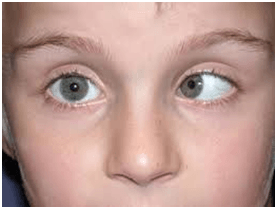
What is Squint?
Squint is a condition of the eyes where the eyes are misaligned and point in different directions. It is also known as strabismus. This condition can affect one or both eyes and can be present at birth or develop later in life. Squint can cause a number of visual issues such as double vision and difficulty focusing.
The exact cause of squint is not known, but it is thought to be caused by a combination of genetic and environmental factors. It can be the result of an imbalance of the muscles that control the movement of the eye, a nerve disorder, or a birth defect.
The most common symptom of squint is that the eyes appear to be looking in different directions. Other symptoms include double vision, headaches, and difficulty focusing.
Causes
The main cause of squint is the disequilibrium of brain coordination with eye movement muscles. Also, another possible reason for squint could be
The most common causes of squint include:
- Genetic
- Premature birth
- Refractive errors, such as nearsightedness or farsightedness
- Strabismus, or misalignment of the eyes
- Eye muscle imbalance or weakness
- Injury or trauma to the eye
- Certain medical conditions such as cerebral palsy or Down syndrome
- Certain medications such as corticosteroids
- Cataracts or other eye diseases
Diagnosis
Squint or Strabismus can be easily diagnosed in an eye checkup. As this condition is commonly found in children it becomes mandatory that parents should get their child examined by an experienced ophthalmologist on or before 5th birthday of the child.
If in any case there is a genetic history of strabismus present, then eyes specialist can diagnose the problem on or before the age of 3 years as well. Sometimes children have a wide nose this could appear the condition like a squint as the age grows the difference minimizes, an ophthalmologist or pediatrician can reveal the difference between true and false squint.
Treatment
Squint, also known as strabismus, is a condition where the eyes do not point in the same direction. It can occur in one or both eyes and can range from mild to severe. Squint can occur at any age, but is more common in children.
The main treatment for squint is corrective eyeglasses or contact lenses to improve vision. Surgery may also be recommended to help align the eyes and improve vision.
Eyeglasses or contact lenses
Eyeglasses or contact lenses are prescribed to improve the vision in the affected eye. For some people, this may be enough to correct their squint. However, for some, this may not be enough to align the eyes.
Surgery
If eyeglasses or contact lenses do not completely correct the squint, surgery may be recommended. Surgery is used to reposition the eye muscles, allowing the eyes to align and improve vision. Surgery can be done under either local or general anesthesia, depending on the age of the patient and the type of procedure.
There are different conditions of squints and every condition is treated accordingly. At initial level an in-depth evaluation process takes place to allocate the squint type. At Kapil Eye Hospital this process is carried out by squint specialist ophthalmologists who possess previous experience in respective cases.
Childhood Eso
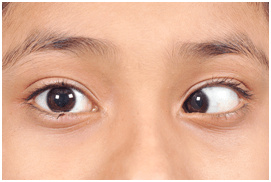
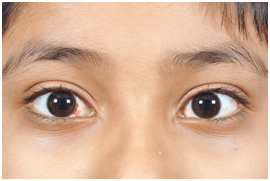
Exotropia
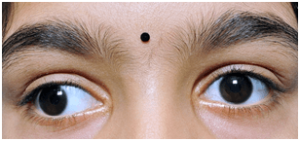
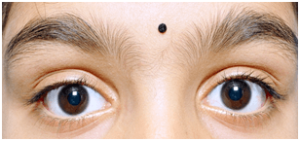
Infantile Eso
In children cases treatment process includes refraction which takes place under cycloplegia. Cycloplegia can be addressed as a paralysis of the eye muscles via eye drops for a short period of time, the effect of drops can last couple of days.
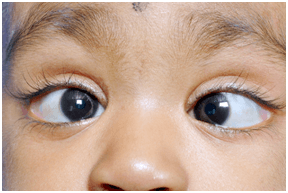
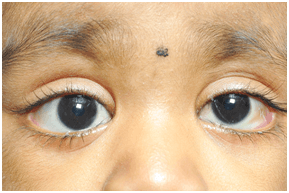
Vertical
Unfortunately “Manifest Squint” cannot be corrected with the help of spectacles in children, furthermore results of the surgical treatment differs according to treatment. If squint gets diagnosed & treated in early stage results are splendid and long lasting.
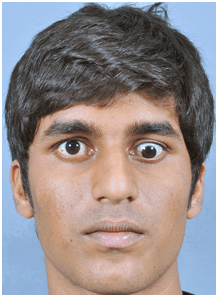



 +91 9896259777
+91 9896259777